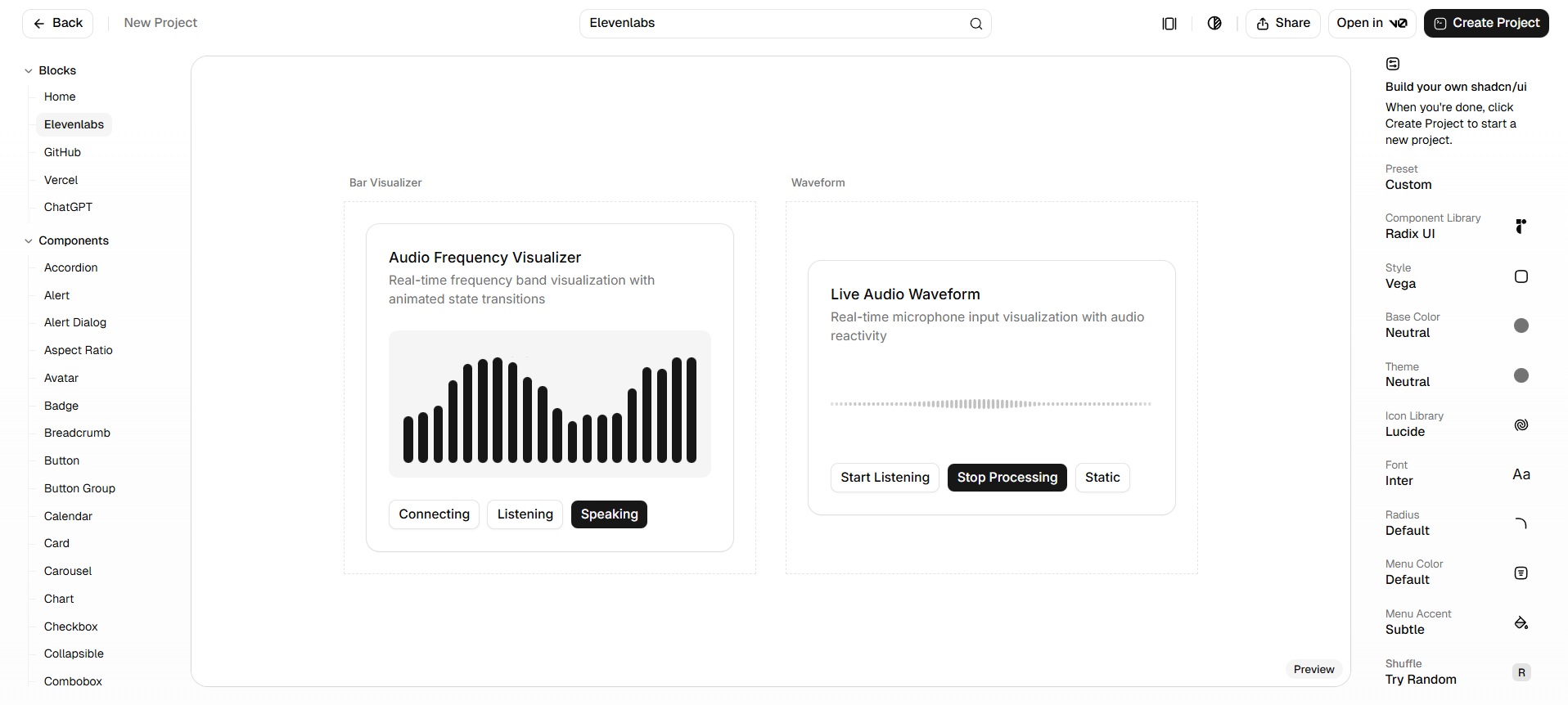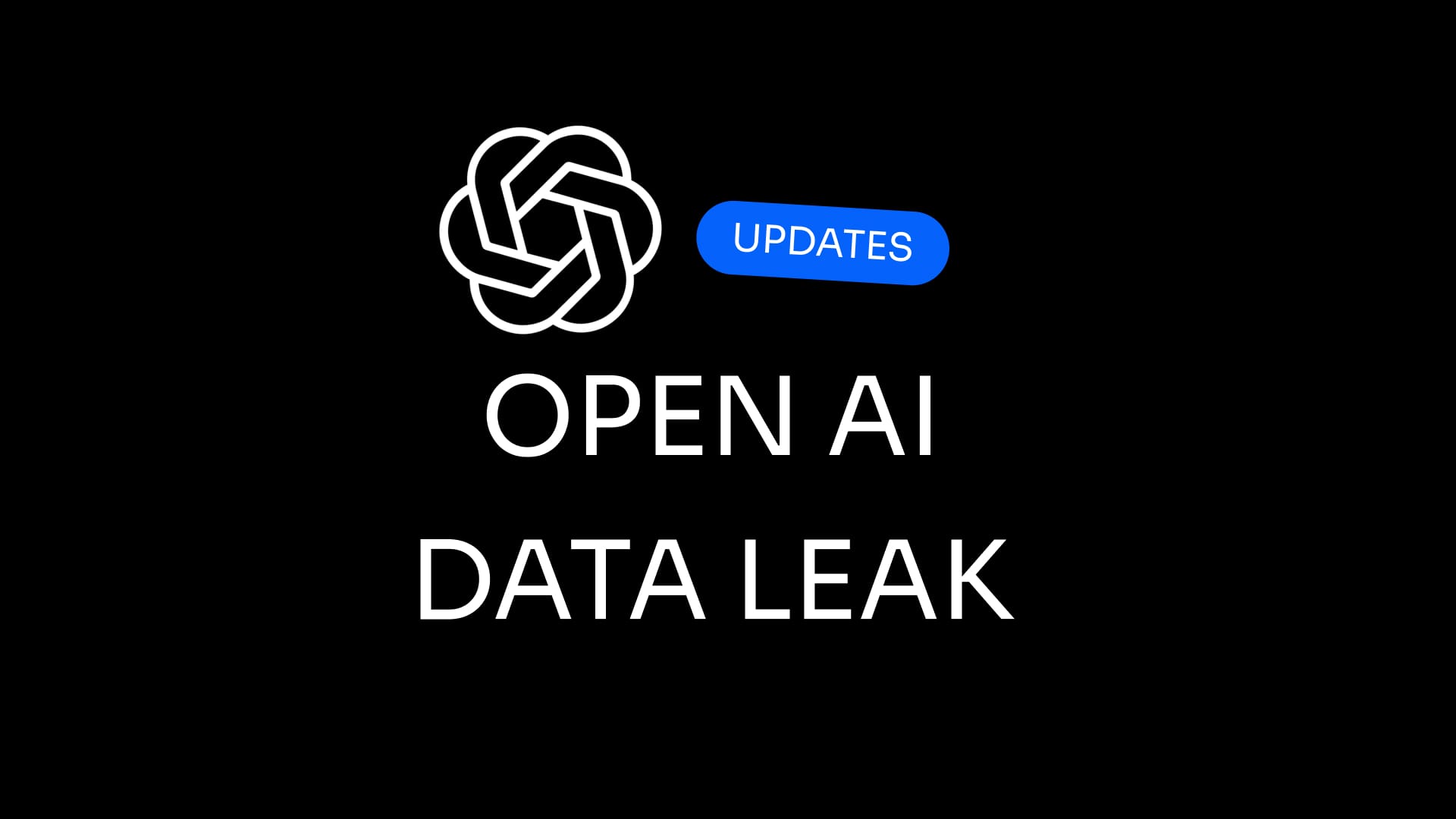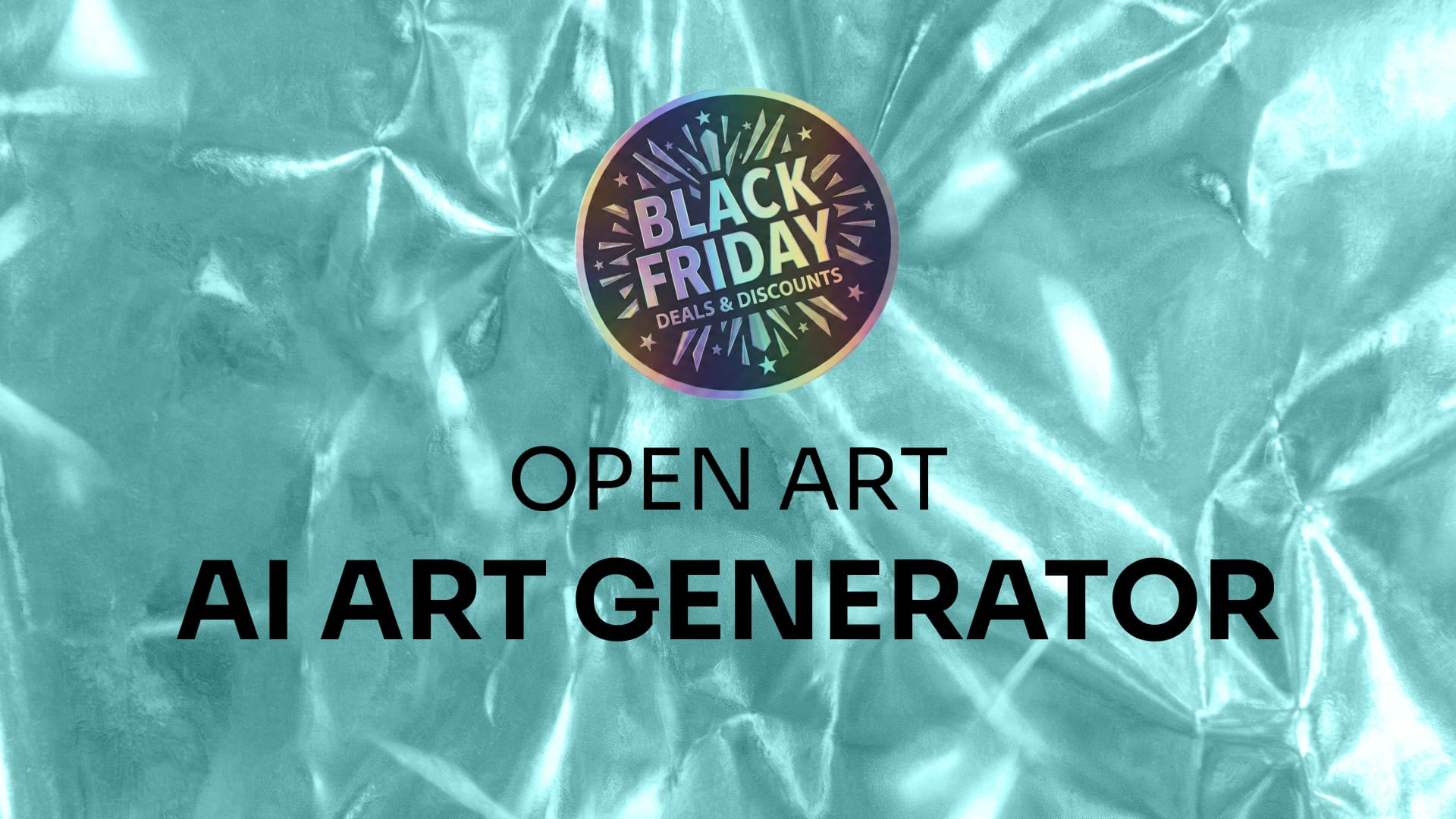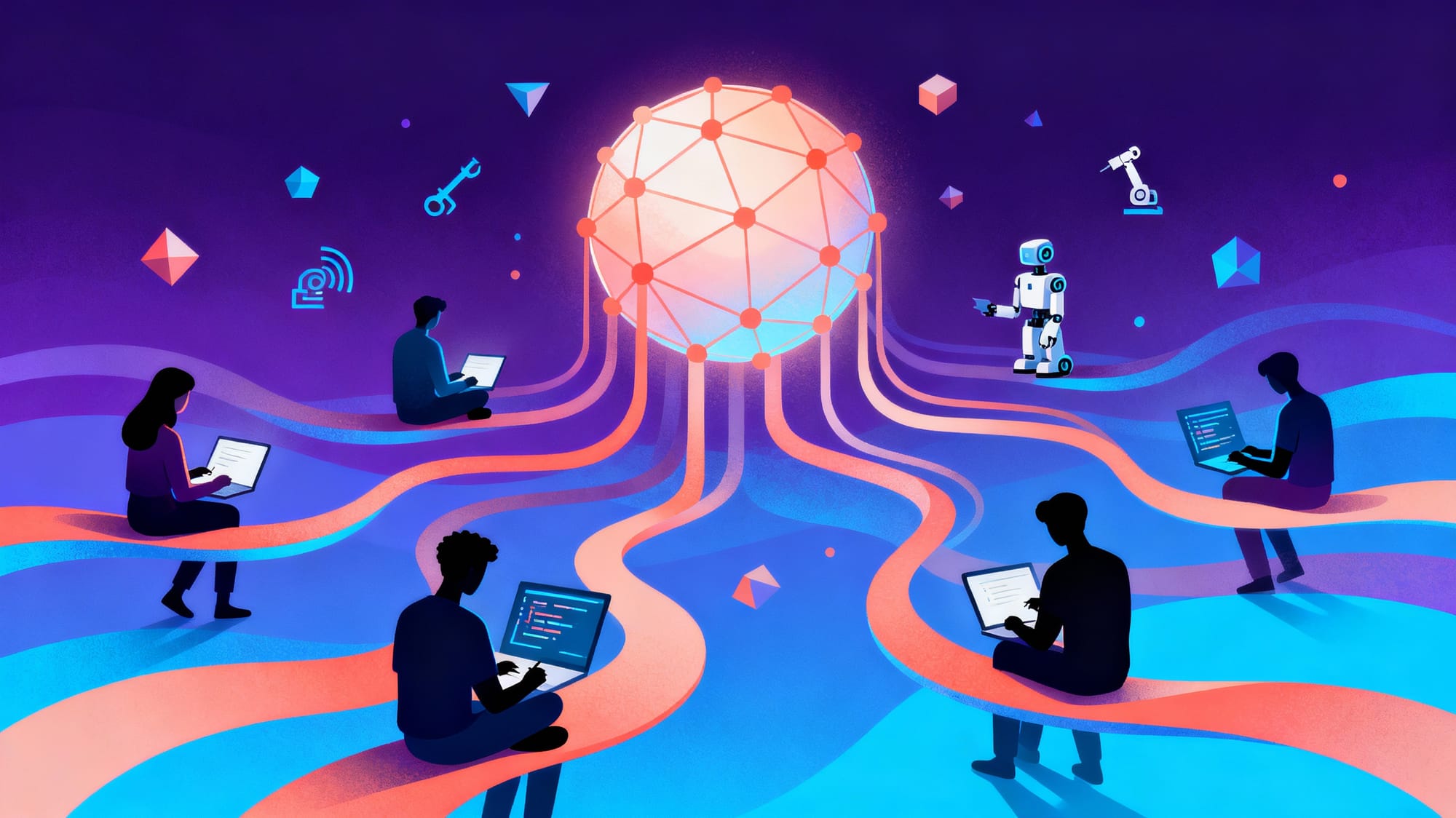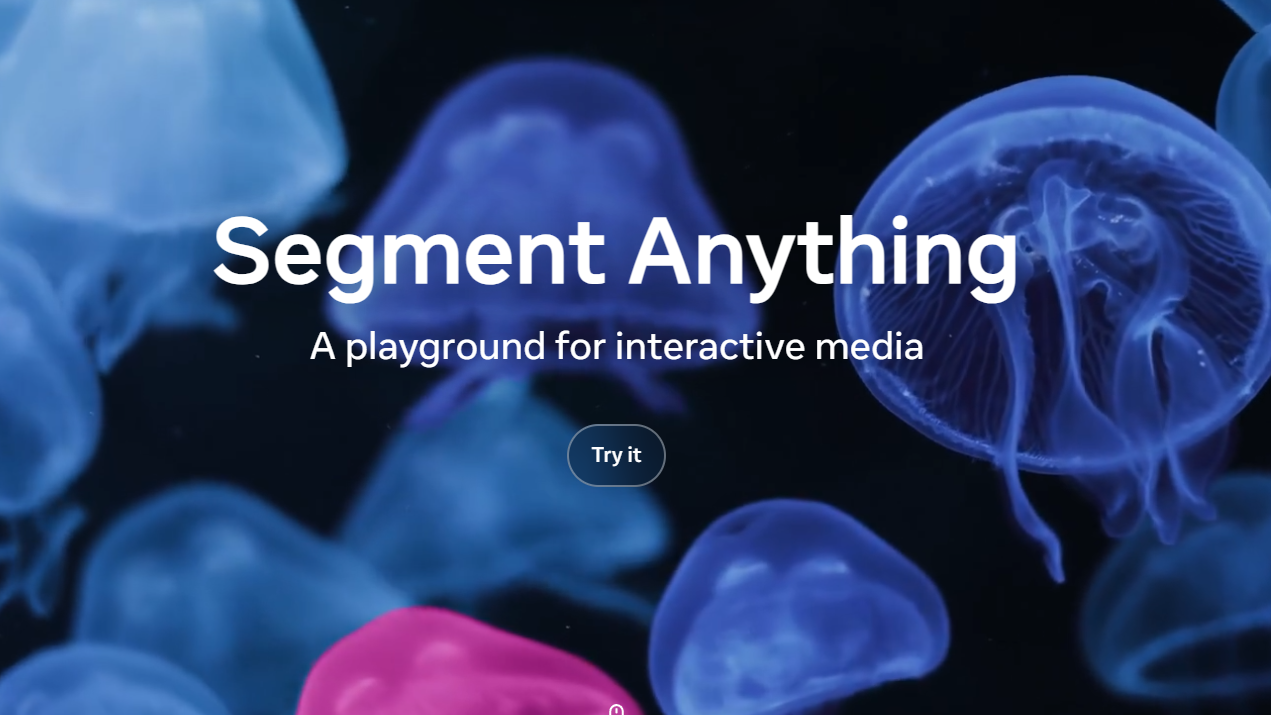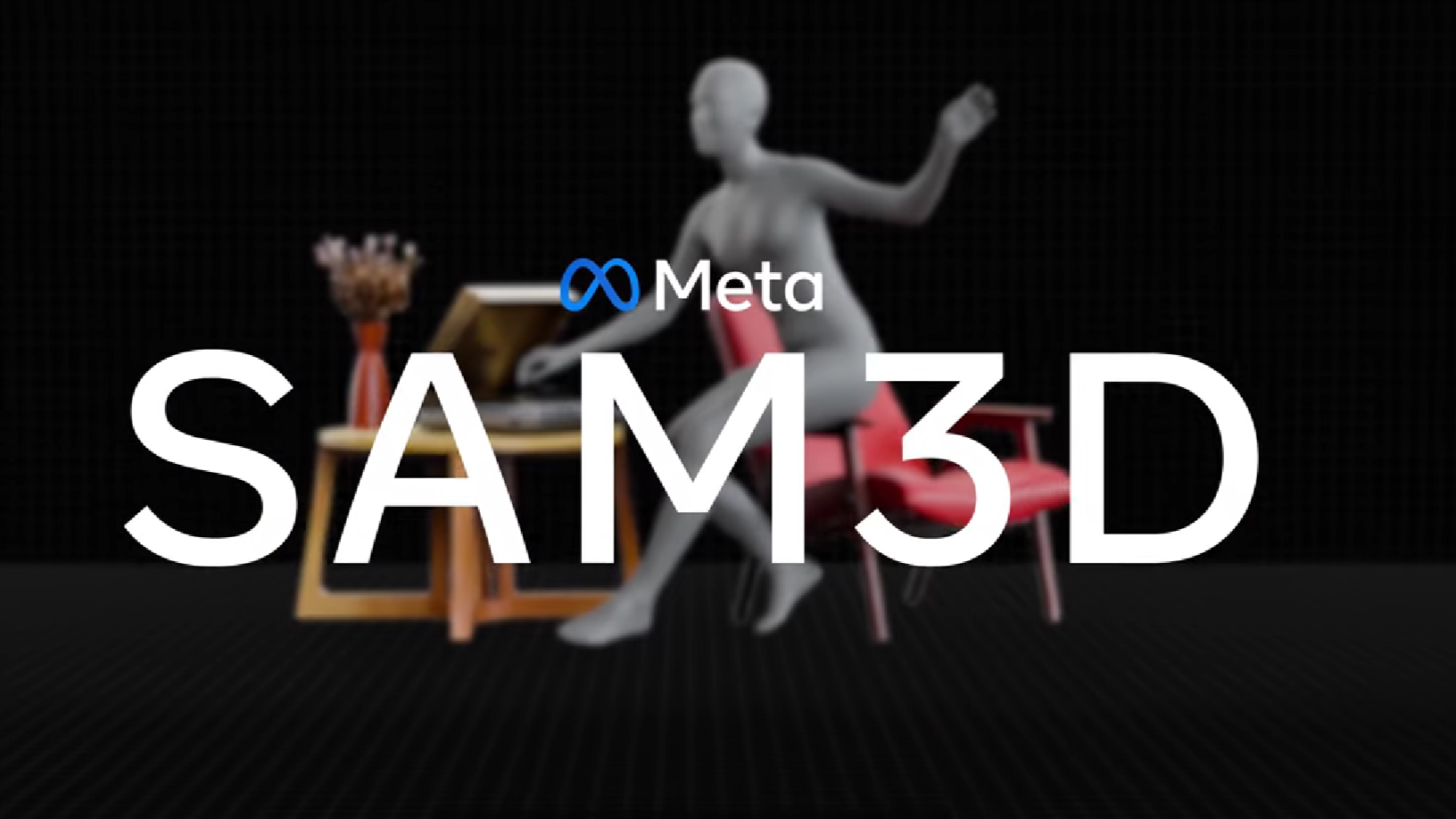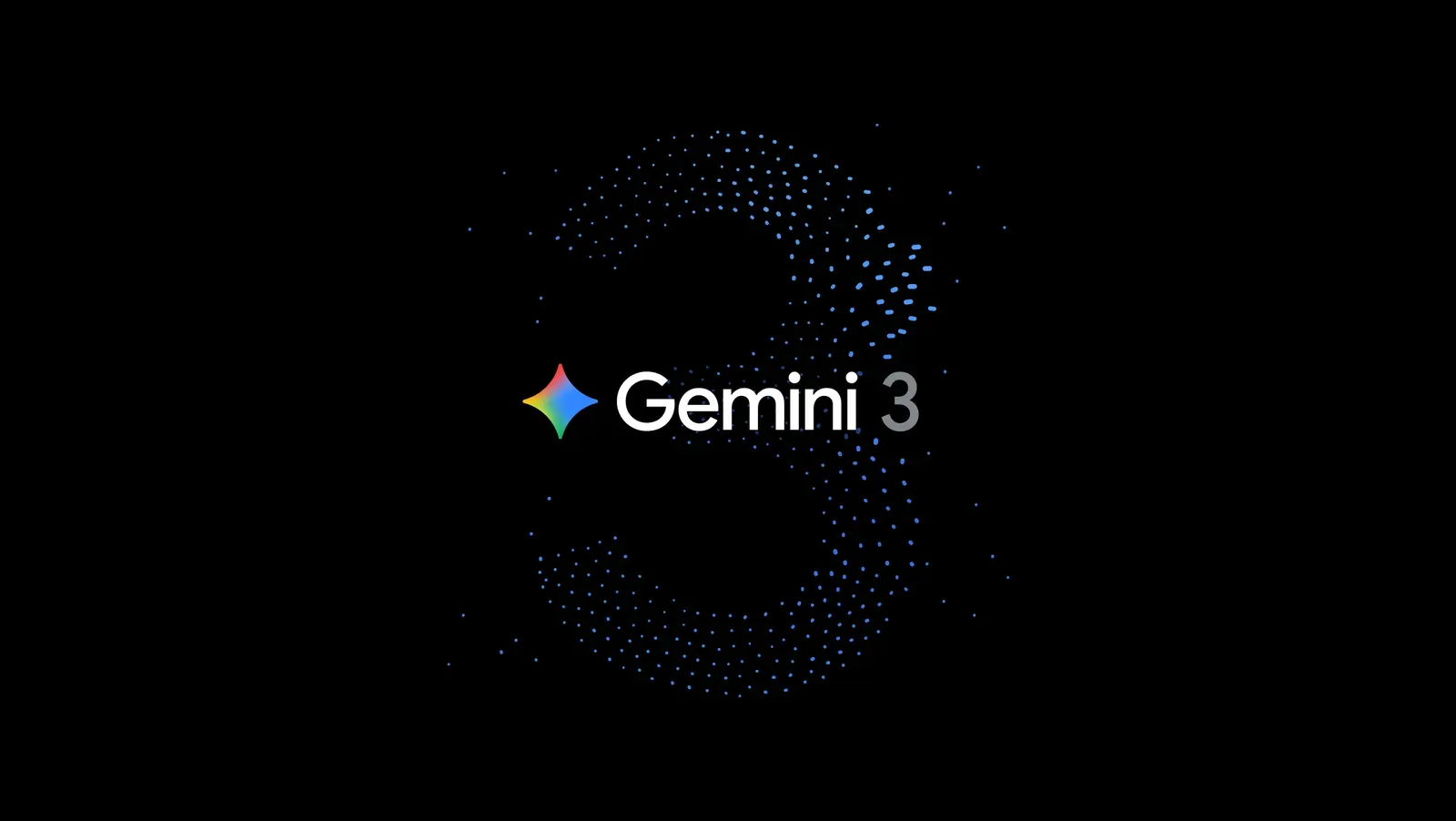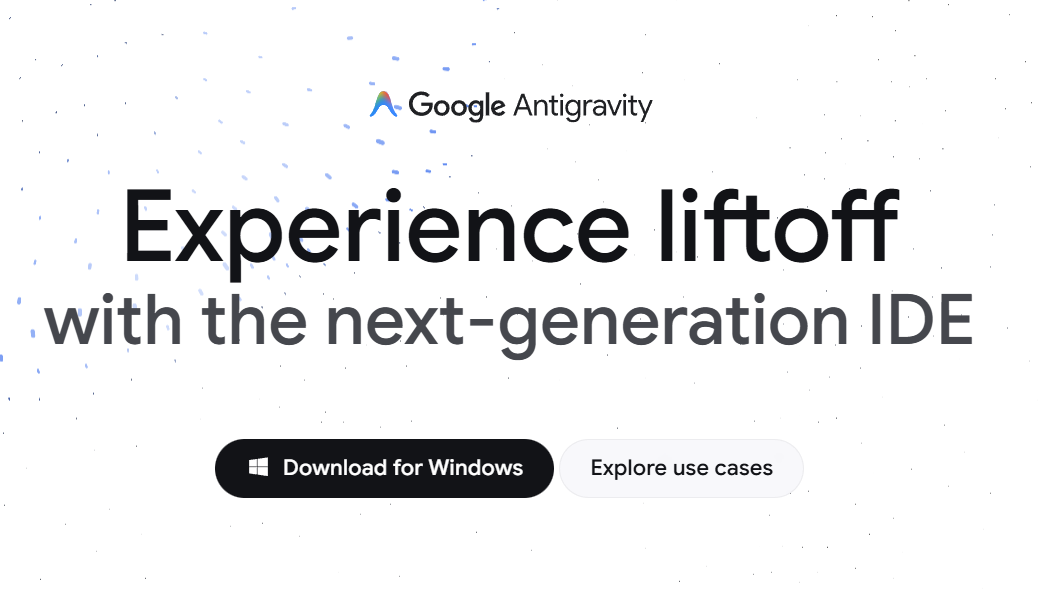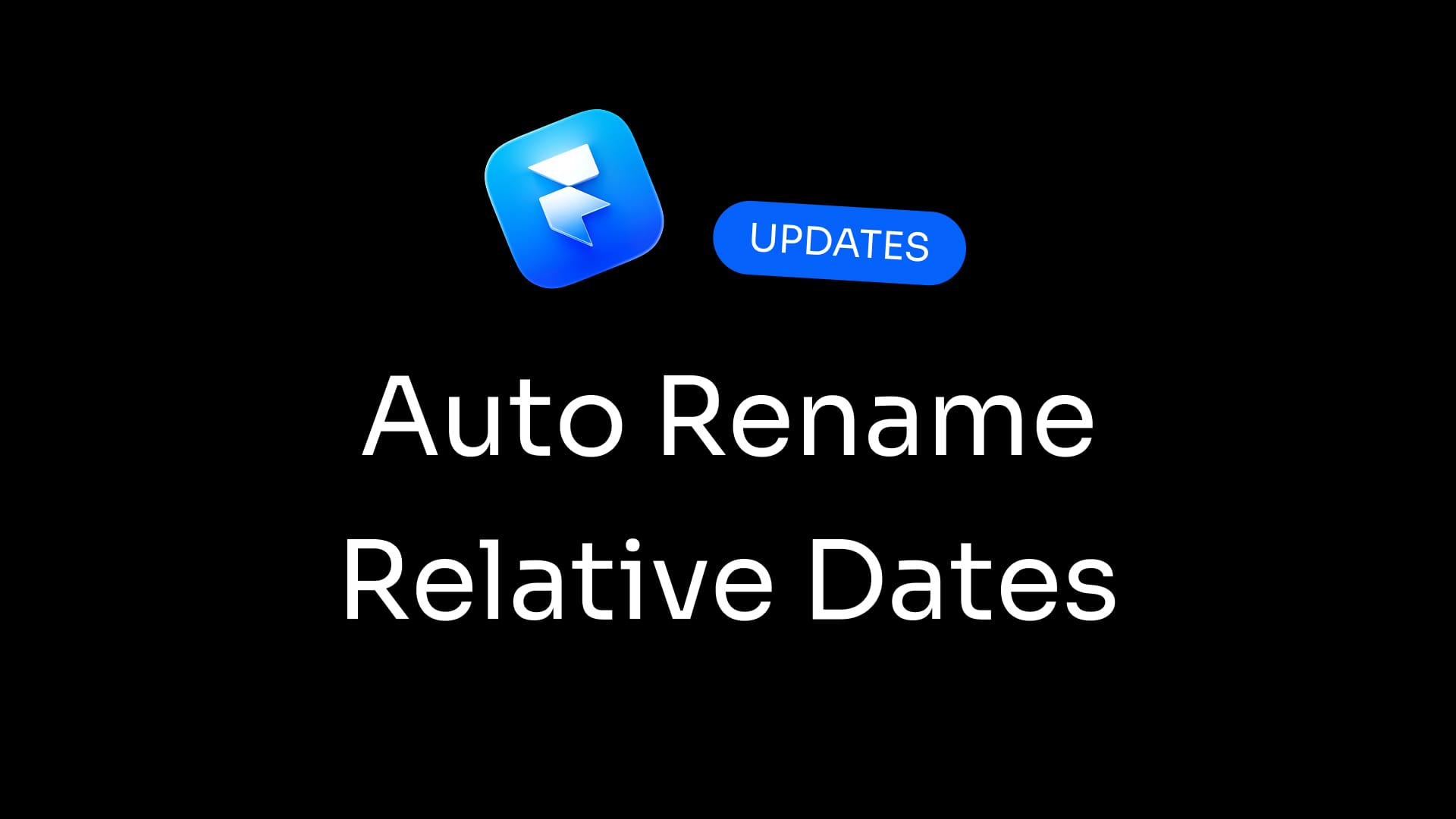On April 28, 2025, Anthropic, an AI safety and research company, unveiled its Economic Index, offering a comprehensive analysis of AI's influence on software development. The report emphasizes the rapid adoption of AI tools, particularly among startups, and the consequent shifts in economic performance.

Startups are leading the charge in integrating AI coding agents into their workflows. Companies like Headstart, founded by Nicole Hedley, have reported significant improvements in development speed and efficiency. By leveraging Anthropic's AI model, Claude, Headstart has achieved up to 100x faster software development, with Claude generating 90-97% of client code. Anthropic Report Finds Startups Embrace AI Tools Faster Than Enterprises, Headstart Cuts Software Development Time by 100x with Claude AI \ Anthropic
Generative AI (GAI) technologies, such as Claude, are revolutionizing the development process. These tools can write and debug code, suggest architectural enhancements, and handle complex tasks, allowing developers to focus on strategic planning and innovation. Alex Albert, Head of Developer Relations at Anthropic, notes that Claude's ability to process extensive codebases and maintain coherence has been instrumental in its adoption. The code whisperer: How Anthropic’s Claude is changing the game for software developers - VentureBeat - The CDO TIMES
Despite the advantages, the rise of AI in software development has sparked debates about job security. Dario Amodei, CEO of Anthropic, predicts that within six months, AI could be responsible for writing 90% of all code. This projection raises concerns about the future role of human developers and the need for workforce adaptation. Anthropic's Bold AI Prediction: 90% of Code Written by AI in Just Six Months! | AI News
Anthropic's Economic Index provides valuable insights into these developments, offering data-driven analyses to guide stakeholders in navigating the evolving landscape. As AI continues to reshape software development, companies must balance technological integration with workforce considerations to ensure sustainable growth. Anthropic Economic Index Launched to Study AI’s Impact on Labor Market
Report:
Anthropic: How GAI Affects Performance Of Economy 04/28/2025, Anthropic Report Finds Startups Embrace AI Tools Faster Than Enterprises
What in or designers?
Potential Shifts and Opportunities:

- Automation of Repetitive Tasks: Just as AI is automating coding tasks, it's likely to take over more routine design work. This could include things like resizing images, generating variations of layouts, creating color palettes, and even producing initial drafts based on specific parameters. This frees up designers to focus on higher-level conceptualization and creative problem-solving.
- Enhanced Creativity and Ideation: AI tools can analyze vast amounts of visual data, identify trends, and suggest novel combinations of elements. This can act as a powerful source of inspiration, helping designers break through creative blocks and explore new stylistic directions they might not have considered otherwise.
- Faster Prototyping and Iteration: AI can accelerate the process of creating mockups and prototypes. By quickly generating design options based on text prompts or initial sketches, designers can rapidly test ideas and gather feedback, leading to faster iteration cycles.
- Personalized and Data-Driven Design: AI can analyze user data and preferences to inform design decisions, leading to more tailored and effective user experiences. This could involve dynamically adjusting designs based on individual user behavior or generating personalized content.
- New Tools and Workflows: Expect an increasing number of AI-powered design tools to emerge, integrating directly into existing software or as standalone applications. Designers will need to adapt to these new workflows and learn how to effectively collaborate with AI.
- Democratization of Design: AI tools are making design more accessible to non-designers. While this might raise concerns about the value of professional designers, it also presents opportunities for designers to become curators and guides, ensuring quality and strategic alignment in AI-assisted design processes.
Considerations and Challenges:
- Maintaining Originality and Human Touch: As AI generates more design assets, maintaining a unique artistic voice and the crucial human element in design will become increasingly important. Designers will need to leverage their emotional intelligence and contextual understanding in ways that AI cannot.
- Ethical Considerations: Issues around bias in AI algorithms, copyright of AI-generated content, and the responsible use of these powerful tools will need careful consideration within the design community.
- Evolving Skill Sets: The role of the designer is likely to evolve from a purely execution-focused one to a more strategic and curatorial role. Designers will need to develop skills in prompt engineering, evaluating AI output, and integrating AI tools into their workflows effectively.
- Potential for Homogenization: If designers overly rely on AI-generated suggestions without critical evaluation, there's a risk of designs becoming more generic and less distinctive.
In conclusion, while the Anthropic report specifically addresses software development, the underlying trend of AI augmenting and automating work is highly relevant to the design field. For designers, this means embracing AI as a powerful tool to enhance creativity, streamline workflows, and explore new possibilities. The future likely involves a collaborative relationship between human designers and AI, where the unique skills and perspectives of both are valued.




